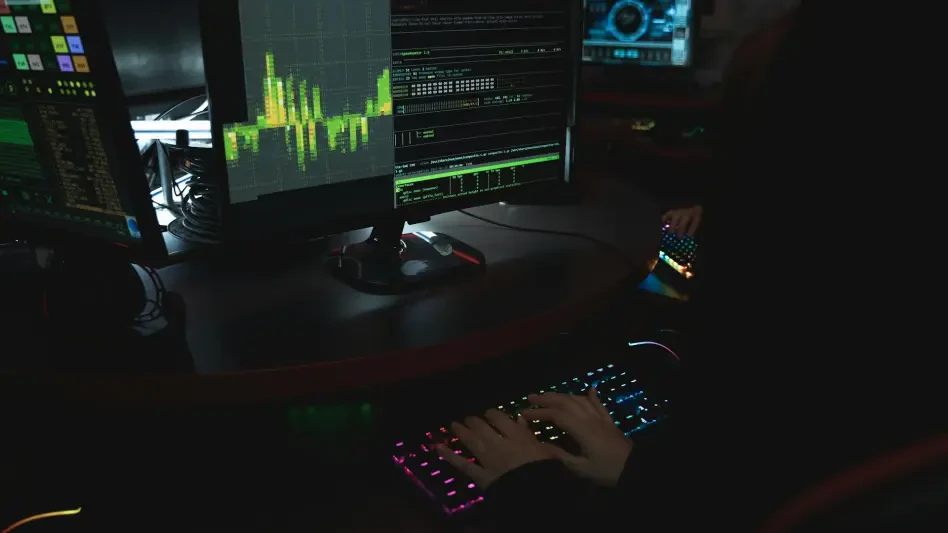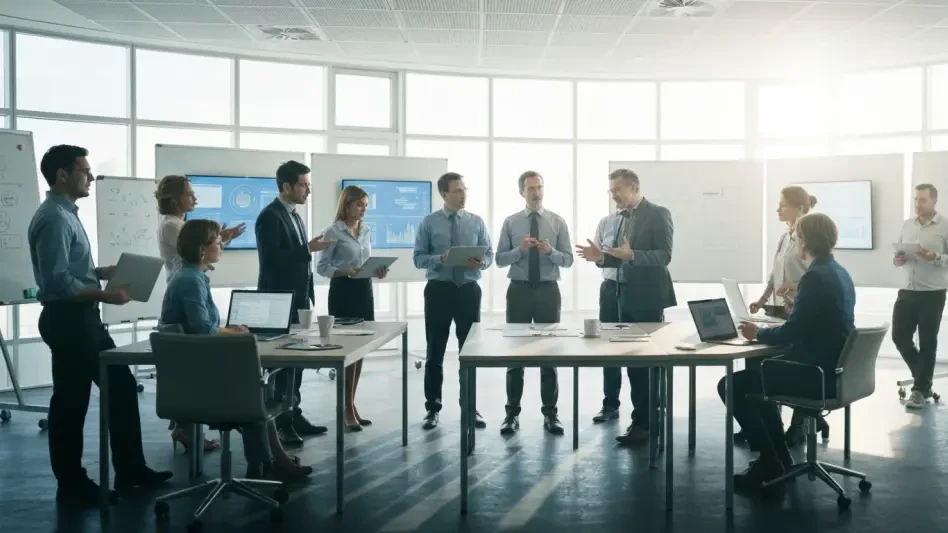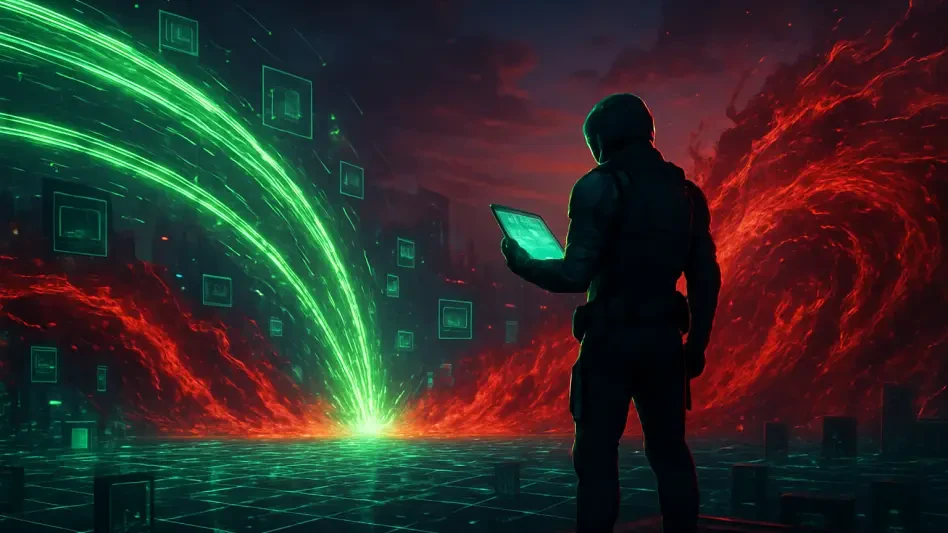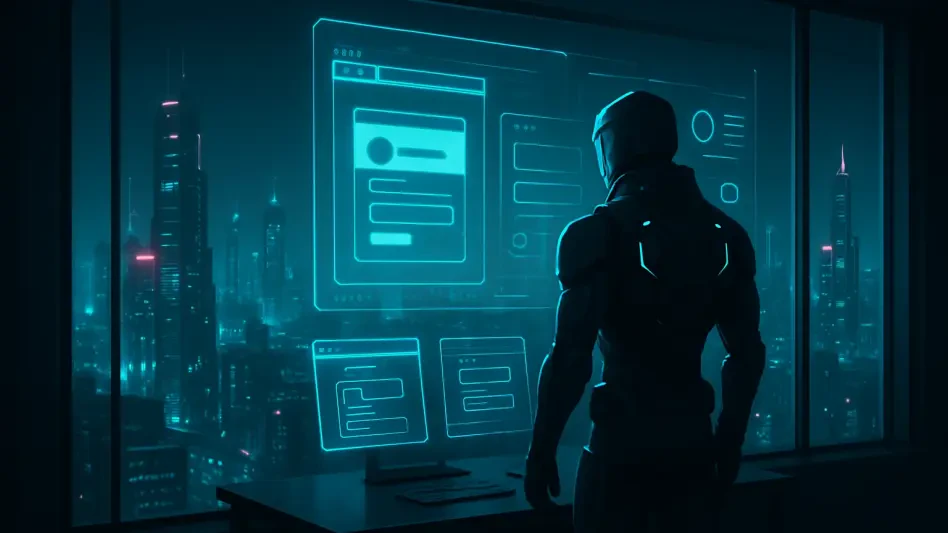In an era where digital threats are constantly evolving, educational institutions like the School of the Arts (Sota) in Singapore find themselves increasingly vulnerable. Recent developments highlighted a severe cybersecurity vulnerability in Microsoft’s widely used SharePoint software, prompting Sota to react swiftly to protect its digital assets. This vulnerability compromised countless organizations worldwide, including government entities and multinational corporations. The attacks began on July 18, with malicious actors primarily targeting school-managed installations. Sota’s decisive action on July 23, involving the temporary shutdown of its parent portal for urgent updates, underscores the importance of proactive cybersecurity measures in safeguarding systems from potential threats.
Identifying and Responding to the SharePoint Threat
Vulnerability Uncovered and Impact Assessment
The discovery of a critical vulnerability in Microsoft’s SharePoint software sent shockwaves across various industries and sectors. Renowned for document management and collaborative work capabilities, SharePoint’s security glitch allowed cybercriminals to execute remote code and modify files, threatening the integrity of content management systems. This revelation prompted a swift response from cybersecurity experts and organizations, including the Cyber Security Agency of Singapore (CSA), which urgently advised affected entities to update their SharePoint systems to counteract the identified threat. The CSA warned that failing to address such vulnerabilities could result in compromised servers and data breaches.
For educational institutions like Sota, which manage vast amounts of sensitive data and maintain numerous digital portals, the stakes are particularly high. The process of downloading and applying critical updates while ensuring minimal disruption to academic activities demands meticulous planning. Additionally, Sota needed to communicate effectively with stakeholders, particularly parents, regarding the necessity of preventative interruptions in service. Their transparency throughout this process, utilizing the Parents Gateway app as a communication channel, was vital in maintaining trust and ensuring smooth operation during these cybersecurity measures.
Emergency Precautions and Collaborative Actions
The cyber vulnerability prompted a collaborative approach involving various stakeholders, from local cybersecurity authorities to technology agencies like GovTech. Both CSA and GovTech worked tirelessly to inform and support organizations using vulnerable versions of SharePoint. Their joint advisory stressed not only immediate patching of software to address vulnerabilities but also encouraged the adoption of additional security measures to fortify defenses against potential cyber intrusions. This multifaceted approach underscored the complexity of contemporary cyber threats, where merely applying patches might not suffice if breaches had already occurred.
The technical guidance provided by CSA encompassed several mitigation strategies, such as the integration of the Microsoft AntiMalware Scan Interface and deploying Defender AV on SharePoint servers to bolster security. Such measures became integral to ensuring systems were not only updated but shielded against further exploitation attempts. As Sota navigated this challenge, it became evident that a coordinated, systematic approach to cybersecurity was essential. By working closely with relevant agencies and updating digital infrastructures, institutions can better safeguard their information and maintain operational integrity.
Analyzing the Threat Landscape and Future Implications
Understanding the Exploitation Motives and Complexity
The cybersecurity landscape is fraught with actors exploiting software vulnerabilities for various motives, ranging from financial gain to strategic geopolitical interests. The recent SharePoint vulnerability exposed during the campaign painted a complex picture of global cyber threats that institutions and businesses must navigate. Expert analysis suggested that the perpetrators behind these attacks could include individuals with ties to certain nation-states, highlighting the wide-ranging and unpredictable nature of such cyber threats.
As experts like Charles Carmakal from Mandiant Consulting pointed out, understanding the motivations behind these attacks is critical. He cautioned that multiple threat actors continue to manipulate this vulnerability, a concerning trend likely to persist. These attacks have demonstrated that once a vulnerability is identified, it can quickly become a target for diverse malicious purposes, from ransomware campaigns to espionage activities. Such insights emphasize the necessity for educational institutions to remain vigilant, continually assessing potential security risks, and actively monitoring technological advancements to detect and thwart emerging threat vectors.
Ensuring Future Preparedness and Resilience
With organizations worldwide increasingly reliant on platforms like SharePoint for managing sensitive data, the need for robust cybersecurity measures becomes undeniable. The actions taken by Sota and similar institutions signal a shift in the priority accorded to fortifying digital infrastructures. Moving forward, staying ahead of cyber threats requires not only regular software updates but also a comprehensive strategy encompassing staff training, awareness programs, and concerted collaboration with cybersecurity experts and agencies. Implementing proactive measures to detect vulnerabilities early and employ strategies to neutralize potential threats is an ongoing imperative.
Critical to future preparedness is fostering a culture of cybersecurity within institutions. By leveraging insights from past incidents and embracing innovative security technologies, educational bodies can enhance their defenses against evolving cyber threats. In addition to ensuring system updates, instituting robust incident response protocols and maintaining open channels of communication with experts and authorities will be fundamental in protecting data and systems in an increasingly digital world. Such strategic foresight and commitment will be crucial in navigating the ever-evolving cyber threat landscape, safeguarding institutional trust, and ensuring data integrity.
Navigating the Path Ahead
The discovery of a severe vulnerability in Microsoft’s SharePoint software alarmed various industries, renowned for its document management and collaborative work features. This security flaw allowed hackers to execute remote code and alter files, jeopardizing the integrity of content management systems. In response, cybersecurity experts and organizations, including Singapore’s Cyber Security Agency (CSA), urged immediate system updates for affected entities to mitigate the threat. CSA warned that neglecting such vulnerabilities could lead to server compromise and data breaches.
For educational institutions like Sota, which handle vast amounts of sensitive data and maintain numerous digital portals, the stakes are especially high. Updating systems without disrupting academic activities requires careful planning. Sota also needed to communicate efficiently with stakeholders, particularly parents, about necessary service interruptions. Their transparency, using the Parents Gateway app to keep stakeholders informed, was crucial in maintaining trust and ensuring smooth operations during these cybersecurity measures.








